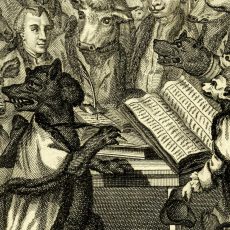May
1722
london
Contested
GENERAL ELECTION
Poll book data from:
Citation: The poll of the livery-men… (London: T. Payne, 1722)
Source: John Sims (ed.), A Handlist of British Parliamentary Poll Books (Leicester, 1984); Jeremy Gibson and Colin Rogers (eds.), Poll Books, 1696–1872: A Directory of Holdings in Great Britain (4th edn., Bury, 2008).
Timeline & Key Statistics
Contexts & Remarks
Transcription completed by the London Electoral History 1700-1850 project, undertaken by Penelope J. Corfield, Edmund M. Green, and Charles Harvey.
Dates: Tuesday 10 Apr.-Saturday 14 Apr. 1722 (followed by Scrutiny).
Poll book reference: The poll of the livery-men... (London: T. Payne, 1722).
The poll book is prefaced by 'Instructions from the Citizens of London to their Representatives in the ensuing Parliament'.
Candidates: Richard Lockwood (Tory), John Barnard (Whig), Peter Godfrey (moderate Tory), Francis Child (Tory), Humphry Parsons (Tory), and Robert Heysham (Whig).
George I particularly supported the Tory candidates, and exhorted London's Dissenting community to 'use their utmost influence' in deciding the result (E. Calamy, Hist. Own Life, ii. 447-50).
The candidates came from London's mercantile classes, as Lockwood was a Turkey merchant, while Parsons was a London brewer, and Barnard (a Quaker) associated with the wine trade. Peter Godfrey was an extreme Tory London trader. Francis Child, a member of the Goldsmith's Company, was heavily involved with the East India Company and head of the Francis Child Company, a notable banking house, during his campaign.
Robert Heysham was a returning candidate, having been elected as MP for London in 1715. He was a member of the Draper's Company and a Barbados merchant.
The election returned Lockwood, Barnard, Godfrey, and Child (3 Tories and 1 Whig).
Poll Book
Below is a digitised version of the poll book for this election:



